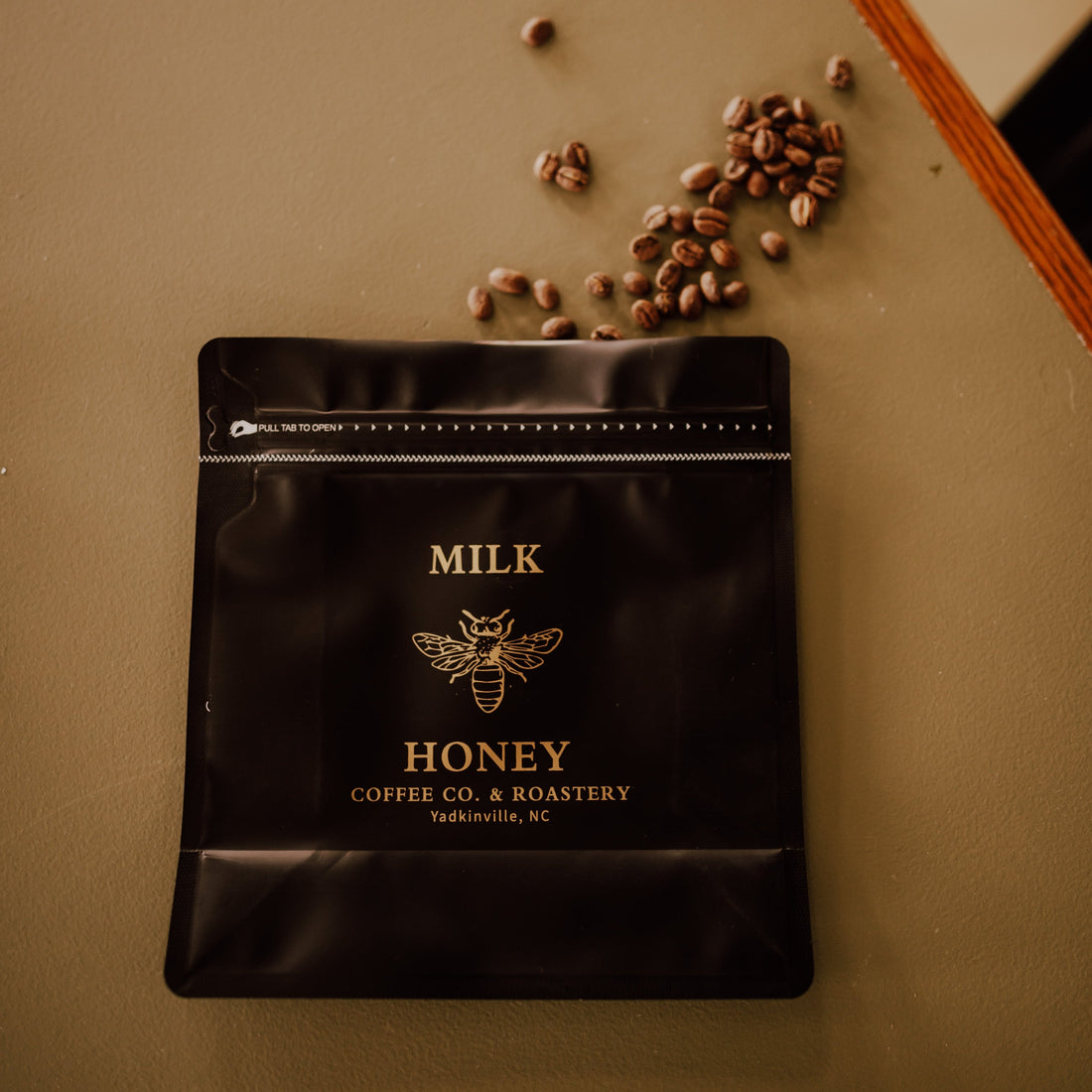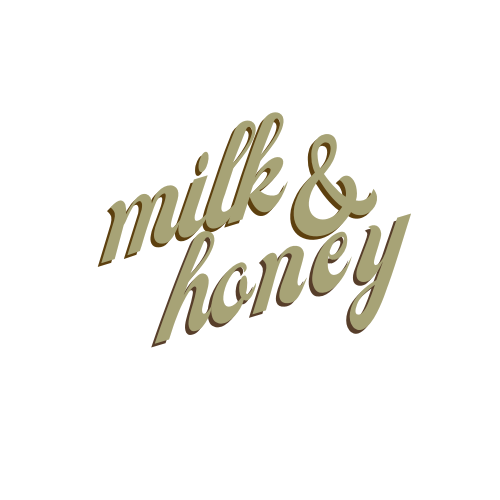
What Consumers Look for in Coffee Packaging (And What Brands Should Deliver)
Share
TLDR: What Do Consumers Want in Coffee Packaging?
Consumers want coffee packaging that looks good, keeps the product fresh, and aligns with their values—especially sustainability. They care about design, clear labeling, ease of use, and whether the packaging reflects the brand’s story.
Why Coffee Packaging Matters in Today’s Market

Coffee packaging isn't just a wrapper—it's a powerful marketing tool and a critical part of the product experience. From the moment someone spots a bag on a shelf or online, packaging starts doing the talking.
- First impressions count: Packaging is often the first point of contact between your product and potential buyers. If it doesn’t stand out or align with what customers value, it’s easy to overlook.
- Visual shelf appeal: Whether it’s a physical shelf or an eCommerce thumbnail, your packaging has just a few seconds to grab attention.
- Perceived quality: Well-designed packaging can make even a small-batch product feel premium. If it looks cheap or rushed, it can hurt your brand image—even if the coffee inside is top-tier.
- Packaging psychology: Color, shape, and layout all play into consumer psychology. People make emotional decisions in milliseconds, and packaging influences those snap judgments.
Consumer Preferences in Coffee Packaging
What consumers look for in coffee packaging comes down to a few key elements—appearance, function, ethics, and story. Let’s break each down.
Eco-Friendly & Sustainable Packaging

Sustainability isn't just a trend—it's a demand. More coffee lovers are factoring environmental impact into their buying decisions.
What matters to consumers:
- Recyclable or compostable materials
- Minimal plastic use
- Clear eco-labels (FSC, compostable, biodegradable)
Packaging solutions that resonate:
- Kraft paper bags with compostable linings
- Plant-based or PLA liners
- Recyclable aluminum or tin-tie closures
Avoiding greenwashing:
- Don’t just slap a leaf icon on the bag. Modern consumers do their research. Be transparent about your materials and processes.
Why it matters:
- Gen Z and Millennials are especially drawn to ethical, eco-conscious brands.
- Sustainability builds trust—and repeat business.
Coffee Packaging Design That Sells

What stands out:
- Clean, bold typography
- Color schemes that reflect taste (bright for fruity roasts, dark for bold flavors)
- Matte finishes for a premium look
- Texture and embossing for tactile engagement
Design trends to consider:
- Minimalism: Less clutter, more focus. Clean design communicates sophistication.
- Vintage inspiration: Nostalgia sells—especially in artisan or small-batch markets.
- Lifestyle-oriented visuals: Show the coffee’s journey, or the lifestyle it promotes.
Match your brand’s personality:
- A playful coffee shop may use hand-drawn illustrations.
- A high-end roaster might lean toward gold foils and muted colors.
Practicality and Functional Coffee Packaging

If your packaging frustrates users, they’ll remember—and not in a good way. Consumers want packaging that works with their lifestyle and keeps the product fresh.
Top functional features:
- Resealable zip locks: Easy to close and reopen
- Degassing valves: Maintain freshness by letting gases escape without letting air in
- Stand-up pouches: Easy to store in kitchen cabinets
- One-way valves: Ideal for freshly roasted beans, reducing oxidation
Why it matters:
- Coffee is sensitive to air, light, and moisture. Packaging that protects against these keeps flavor intact.
- Convenience boosts brand loyalty. If opening and storing your coffee is easy, customers will come back.
Coffee Packaging Labels and Transparency

What’s on the label matters just as much as what’s in the bag. Consumers want clear, honest information that helps them make informed choices.
What consumers expect to see:
- Roast date (not just “best before”)
- Origin and farm details
- Flavor notes and roast level
- Certifications (organic, Fair Trade, Rainforest Alliance)
- Grind size, if applicable
Advanced labeling options:
- QR codes: Let consumers learn more about the origin or brewing tips
- NFC tags: Offer digital loyalty programs or authenticity verification
- Icons for brewing methods: Quick-glance compatibility with drip, French press, etc.
Clear labeling builds trust:
- Don’t make people hunt for the details.
- Use simple language and consistent formatting.
Coffee Packaging That Tells a Story

People don’t just buy coffee—they buy the story behind it. Packaging is the perfect place to start that connection.
Elements of a good story:
- Who grew the beans? Where?
- What’s your mission? Why do you roast coffee?
- What makes your brand different?
Examples of effective storytelling:
- A female-led roastery that highlights women farmers
- A family business passing down roasting traditions
- A startup focusing on direct-trade and farmer empowerment
Language matters:
- Keep it conversational.
- Use your tone of voice to reflect your brand—whether that’s warm, witty, or expert.
Storytelling helps:
- Humanize the product
- Differentiate you from competitors
- Foster loyalty and emotional buy-in
How Age Affects Coffee Packaging Preferences

Not every customer thinks the same. Generational preferences play a big role in packaging success.
Gen Z (Ages 18–24):
- Prioritize sustainability, aesthetics, and interactive elements
- Expect transparency and ethical practices
- Respond well to bold visuals and minimalist fonts
Millennials (Ages 25–40):
- Value convenience, resealability, and premium feel
- Strong preference for brand authenticity
- Love design-forward packaging
Gen X (Ages 41–56):
- Seek clarity, practicality, and trusted labels
- Appreciate traditional formats with a modern twist
Boomers (Ages 57+):
- Prefer readable fonts, clear information, and consistent branding
- Value brand loyalty over trendiness
Geographic influence:
- Urban markets skew toward design and sustainability
- Rural buyers may prioritize functionality and price
The Future of Coffee Packaging: Tech and Sensory Experience

Coffee packaging is getting smarter—and more sensory-driven.
Smart features to watch:
- AR-enabled packaging: Scan the bag and see farm videos or brewing guides
- NFC tags: Tap with a phone to reorder or get custom recommendations
- Freshness sensors: Indicate if coffee has been exposed to oxygen
Sensory design ideas:
- Embossed logos for tactile engagement
- Subtle scent-release patches to preview flavor
- Temperature-sensitive inks that change color
Why this matters:
- Smart features add value and build engagement
- Great for gifting and premium product lines
- Sets your brand apart in a crowded market
Real Brands Doing It Right: Coffee Packaging Case Studies
Let’s look at some real-world examples of coffee packaging that nails both form and function.
1: The Sustainable Leader
- Brand uses fully compostable bags
- QR codes link to farmer interviews
- Simple, earthy design aligns with mission
2: The Design Powerhouse
- Bold, minimalist graphics with color-coded roast levels
- Stand-up pouch with matte finish and one-way valve
- Consistent typography makes brand instantly recognizable
3: The Interactive Storyteller
- AR-enabled labels that walk you through the bean’s journey
- App integration with loyalty points and brew guides
- Emotional narrative highlights small-batch farmers
These brands prove that good packaging is more than just good looks—it’s about connection, function, and message.
Designing Coffee Packaging for Consumers
If there’s one takeaway from understanding what consumers look for in coffee packaging, it’s this: people want more than a bag—they want an experience. For a deeper dive into making the right packaging choices, check out our Tips on How to Choose the Best Coffee Packaging to ensure your design meets both consumer expectations and functional needs.
Here’s what to focus on:
- Look good: Eye-catching design tailored to your brand voice
- Feel good: Materials that align with consumer values (especially sustainability)
- Work well: Features that make storing and using coffee easier
- Tell a story: Connect emotionally with your buyers through your packaging
At Milk & Honey, we believe packaging isn’t just a final step—it’s a conversation starter. Your coffee packaging should speak clearly, confidently, and meaningfully to your ideal customer.
